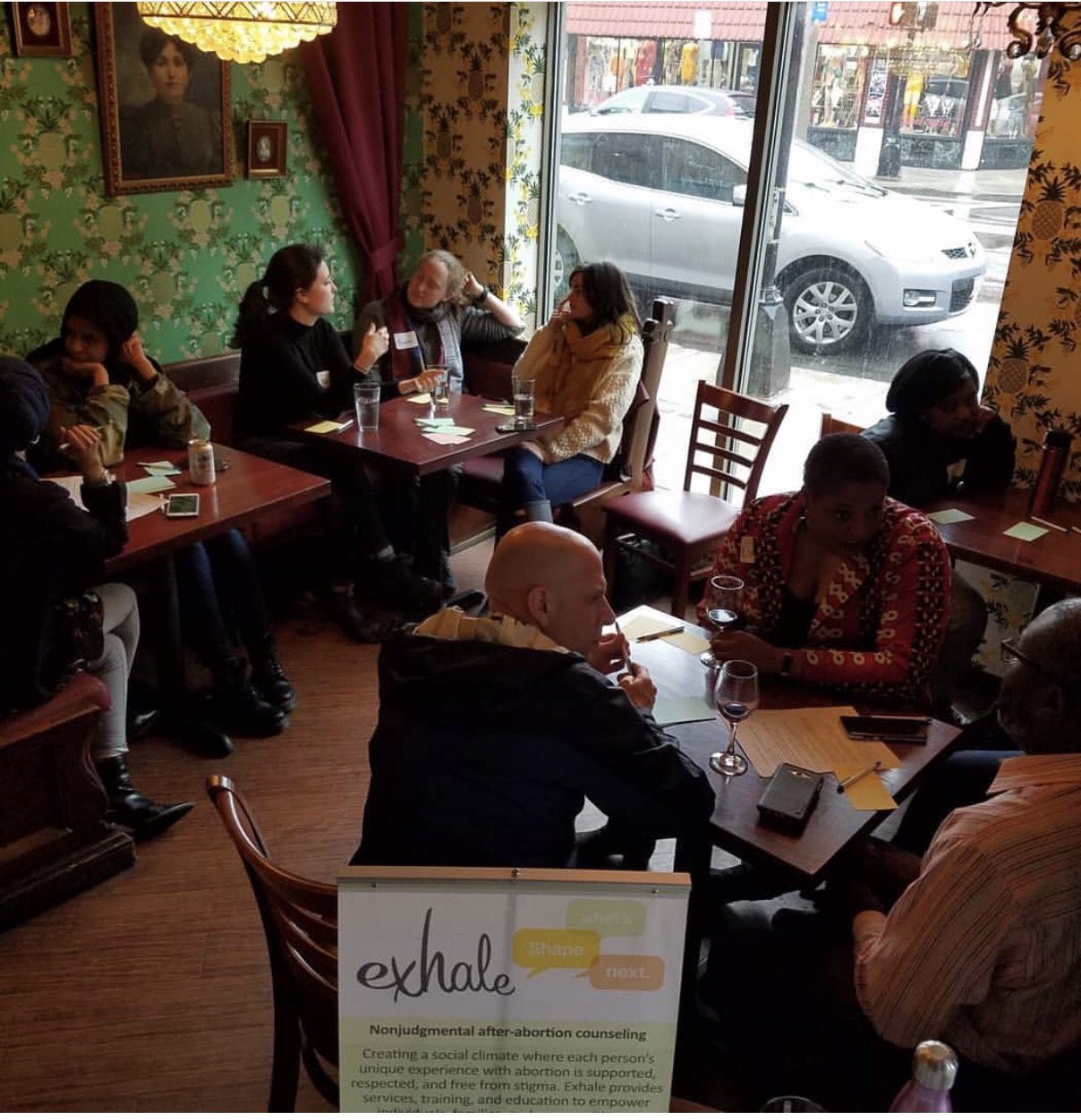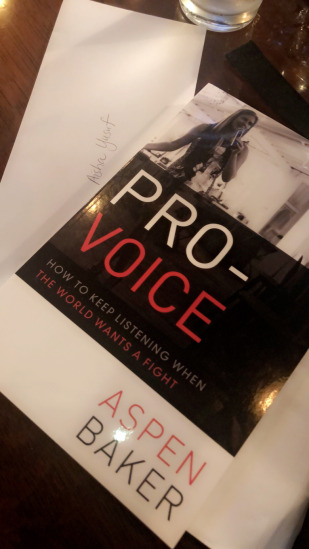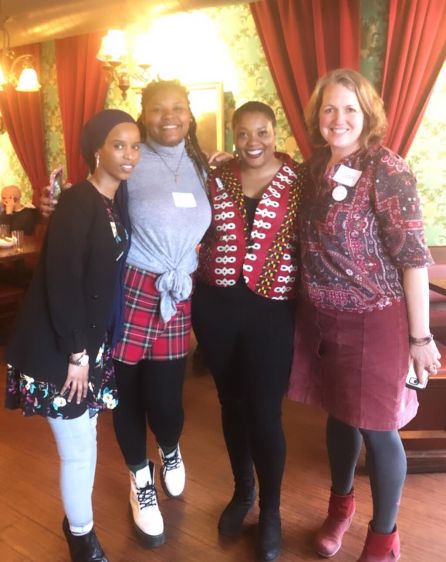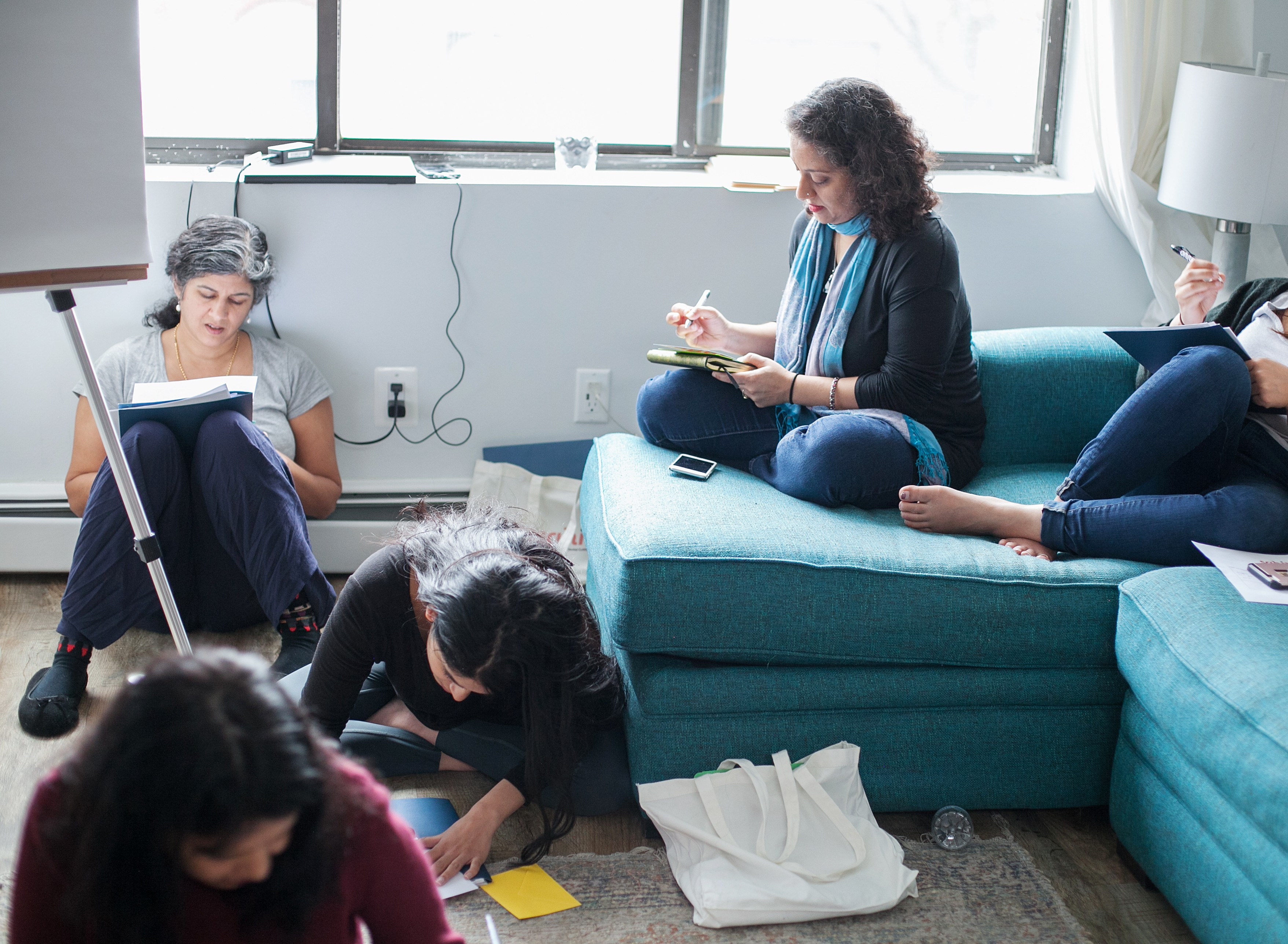By Xenobia
Country of Residence: India
Earlier this year in January, I attended the Sahiyo’s Activist Retreat in Mumbai, where I met some brilliant, fantastic people from all walks of life. Women shared their experiences, stories and life-lessons, and talked about how female genital mutilation/cutting (FGM/C) had impacted their lives, either directly or indirectly, and what they were doing about it.
Shortly after I returned home to Pune, my mind was filled with a bunch of ideas that involved reaching out to more Bohra women, hearing about their experiences with the community in general, and speaking to more women of substance. One of the training sessions at the Sahiyo Activist Retreat was on how to host one’s own ‘Thaal Pe Charcha’ (TPC, loosely translated as ‘discussions over food’).
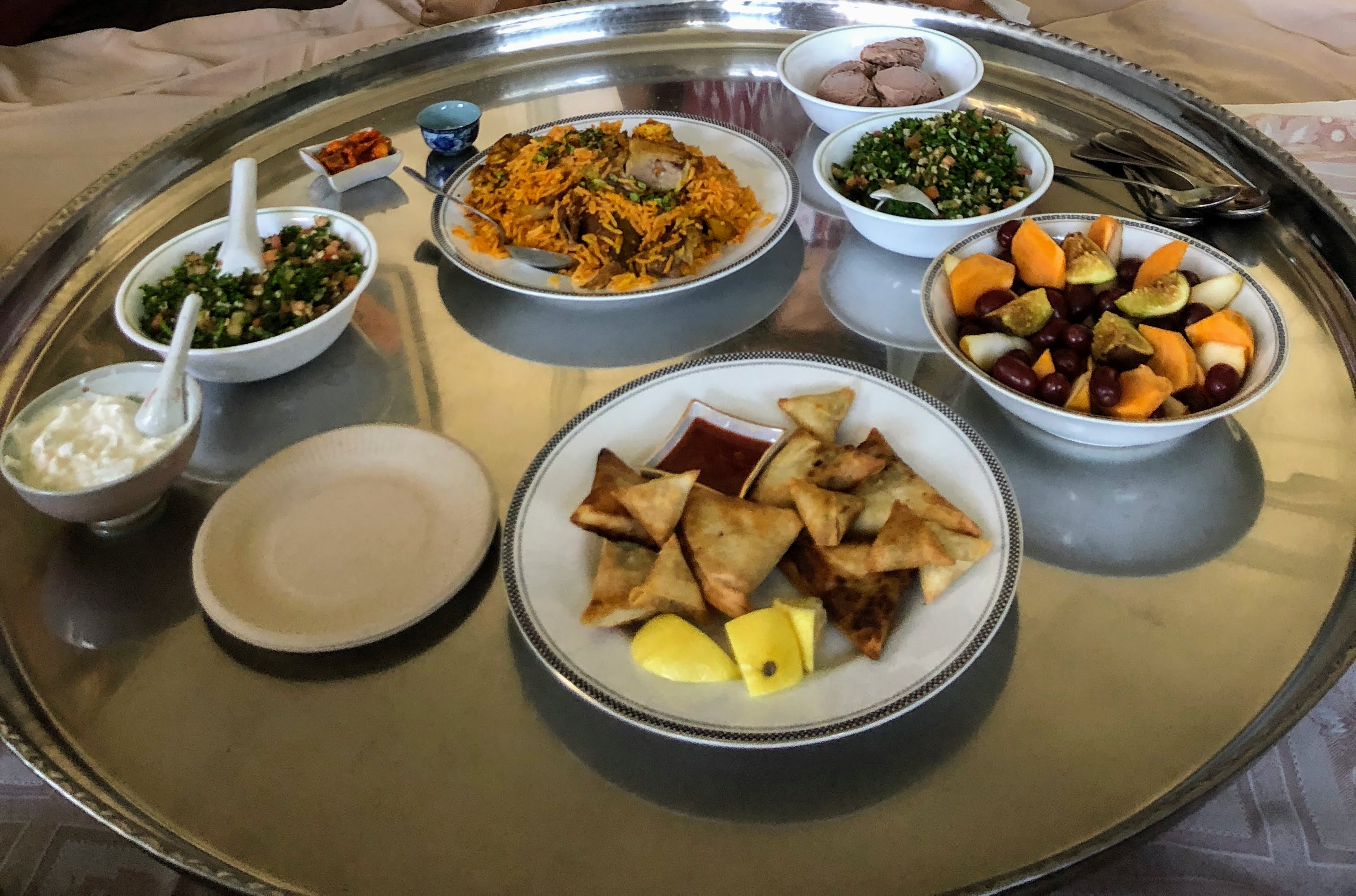
Representational photo of Thaal Pe Charcha cuisine
Thaal Pe Charcha is a flagship Sahiyo program that brings Bohra women together in an informal, private space, so that they can bond over traditional Bohra cuisine while discussing FGM/C and other issues that affect their lives.
I felt that the next logical step for me was to host my very own TPC. It would give me the opportunity to meet and talk to more women from my city about certain community-centric issues that affect all our lives.
Even though I have never really been an activist myself, I knew of Sahiyo, and the cause that they have been fighting for. I admired and respected them, and I had silently been fighting for the same cause all my life, too.
Did I have my fair share of apprehensions? I absolutely did. And why wouldn’t I?
In a closely-knit community like ours, where one person’s word is law, it is so hard to try to reason with women and mothers, to give them more clarity by pleading with them to not hurt their children. Often, they never seem to be able to see beyond how you are “going against the community” or “against Moula”, even though the point has never been about that. There is a fine line between following someone and blind faith. No matter which country you are in, child abuse is still child abuse, irrespective of what you choose to call it or who performs it.
For my TPC, I managed to invite a few women for lunch – a mix of friends, cousins, acquaintances and colleagues. It was also the first time I had ever hosted a Bohra get-together by myself, without the usual family members around to really help me. So for me, that itself was a personal milestone. Strangely, I felt it brought me a step closer to warmly embracing other nicer aspects of our culture – getting people together, bonding over food, and discussing the many facets of our little world.
The conversations bordered around what each one was doing in their lives, professionally and otherwise. We discussed issues such as soft-feminism, journalism, opinions on certain movies and the debate on whether wives should take their husbands’ surnames after they are married. For a couple of the women who attended, FGM/C was a new concept they had never spoken about before. They asked questions about why it is performed, when they heard of it, and why we needed to stop practicing it on the next generation, especially since conversations around this topic have always been taboo for some strange, secretive reason in our community. The younger minds agreed that all customs with no solid reasoning usually always die a natural death, because no one likes doing things without a valid reason.
Having access to the right answers and accurate information definitely helped each of them in getting more clarity on the topic, even though not every single person wanted to necessarily talk about their personal experience. It is still daunting to talk about something so personal in front of a bunch of strangers.
But for me personally, it was important that the topic was at least touched upon, so that other women realise that this is a safe, non-judgemental place and that they could reach out to me if they wanted to speak about anything that bothered them at all. Apart from that, I do enjoy bringing new people together and nurturing relations with those I care about. So all in all, this was extremely special to me.
While this event was still pretty small-scale, I would love to host and be a part of bigger TPCs eventually, where more women can come together and share their stories, opinions and ways to raise awareness about the harms caused by the practice in question, and how we can all work together to promote the abandonment of FGM/C and save the many generations of girls and women in the future from physical, mental, emotional and psychological damage.


